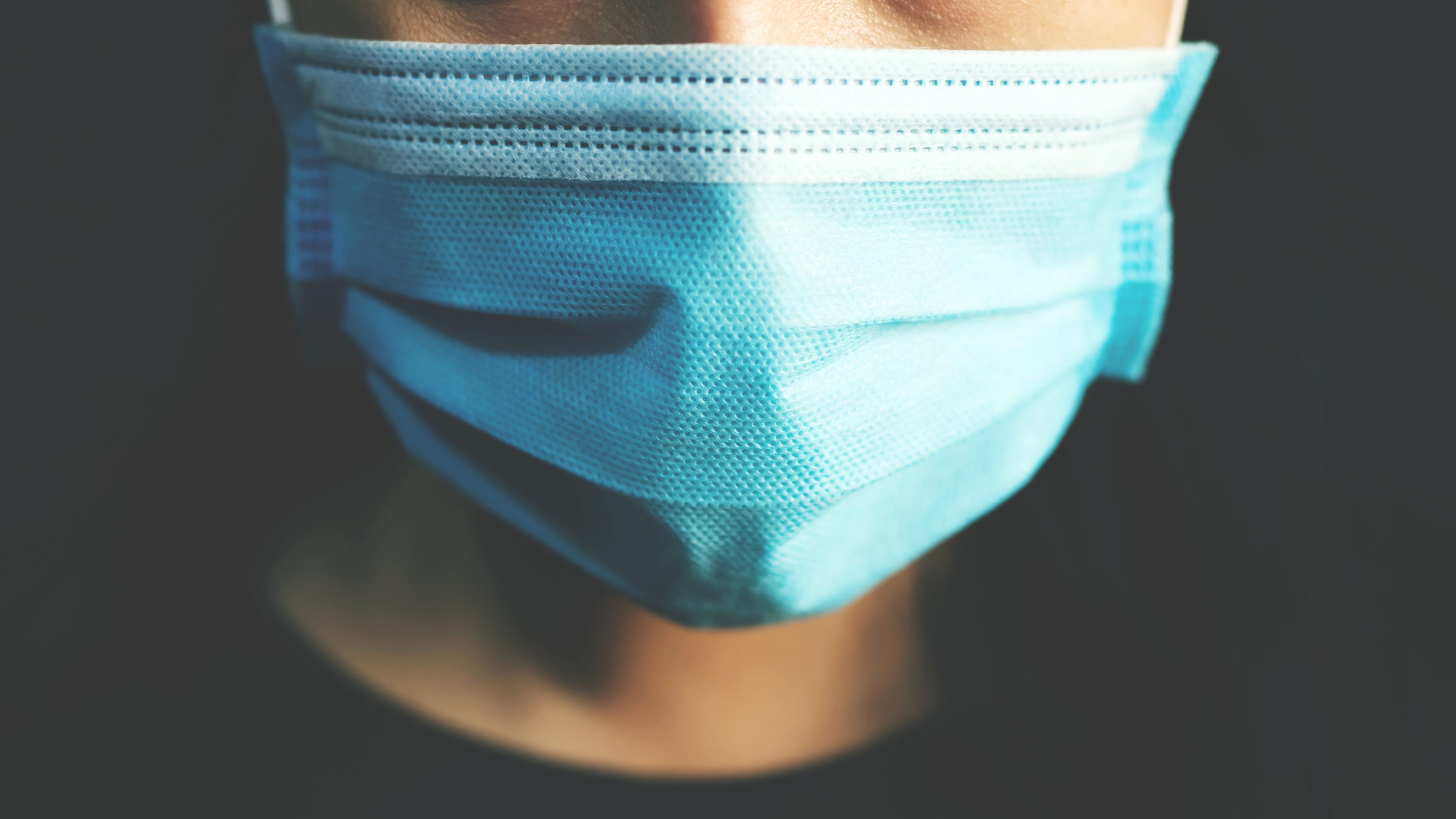With every passing day, it is becoming much more common and important to wear medical face masks. This is due to the reason that our world is facing environmental issues. But, how effective your mask will be depends entirely on its proper usage and disposal.
In this blog post, we will tell you about some of the most important steps of correctly wearing and disposing of medical masks. This will make sure you get the best kind of protection for yourself as well as for those around you.
So make sure to read this article till the end to get the idea of properly wearing and disposing of a medical mask when you buy face mask Australia. Let’s get started!
The Basics of Medical Masks
Let’s first get an idea of the basics of medical masks:
Types of Medical Masks:
1. Surgical Masks: These masks are loose-fitting and primarily designed to protect against large respiratory droplets. They are commonly used in healthcare settings.
2. N95 Respirators: Offering a higher level of filtration, N95 respirators are tight-fitting masks designed to filter out airborne particles, including smaller respiratory droplets.
Proper Wearing of Medical Masks
1. Hand Hygiene: Wash your hands thoroughly with soap and water or use hand sanitizer before touching the mask.
2. Inspect the Mask: Check for any tears, holes, or visible damage. Discard damaged masks.
3. Position the Mask: For surgical masks, the colored side should face outward, while the white side should be against your face. N95 respirators usually have a metal strip on the top that should be molded to fit the bridge of your nose.
4. Secure the Mask: Place the mask over your nose and mouth, securing it under your chin. For surgical masks, pinch the metal strip at the top to conform it to the shape of your nose. N95 respirators may require a tighter fit, ensuring a seal around your nose and mouth.
5. Avoid Touching: Refrain from touching the front of the mask while wearing it to prevent contamination.
6. Comfortable Fit: Ensure the mask fits snugly against the sides of your face without gaps. Adjust the ear loops or ties for a secure yet comfortable fit.
7. Breathing and Speaking: Breathing and speaking should not cause the mask to shift. If it does, readjust to maintain a proper seal.
8. Avoid Removal: Once the mask is in place, avoid touching or removing it until necessary.
Extended Use of Medical Masks
1. Guidelines:
- Follow specific guidelines provided by healthcare authorities regarding the duration of mask use.
- Surgical masks are generally disposable and should be discarded after use.
- N95 respirators may be reused in certain situations but should be properly stored between uses.
2. Storage: If removing the mask temporarily, store it in a clean, breathable bag. Avoid placing it in pockets or on surfaces that may be contaminated.
Disposal of Medical Masks
1. Discard After Use: Surgical masks are designed for single use only. Discard them in a proper waste bin after use.
2. Avoid Touching Front: When removing the mask, avoid touching the front to prevent potential contamination.
3. Dispose Safely: For N95 respirators or other reusable masks, follow specific guidelines for safe disposal or storage between uses.
4. Wash Hands After Disposal: After disposing of a mask, wash your hands thoroughly with soap and water or use hand sanitizer.
Common Mistakes to Avoid
1. Wearing Below Nose: Ensure the mask covers both your nose and mouth completely. Wearing it below your nose compromises its effectiveness.
2. Loose Fit: A loose-fitting mask with gaps allows respiratory droplets to escape and reduces protection.
3. Touching the Mask: Minimize touching the front of the mask to prevent contamination.
4. Extended Use Beyond Guidelines: Follow recommended guidelines for the duration of mask use, and avoid wearing disposable masks beyond their intended lifespan.
Conclusion
It is a misconception out there that wearing medical masks properly and disposing of them is the responsibility of a single person. It is in fact a collective responsibility that massively contributes to public health.
You may be using either a surgical mask or an N95 respirator. No matter which medical mask you tend to wear, it is important that you follow the guidelines mentioned above. These will help you in making sure your safety as well as those who are around you.
There is no denying the fact that by adding and incorporating these excellent practices into your routine, you will play a very important role in creating a safer environment for everyone.

